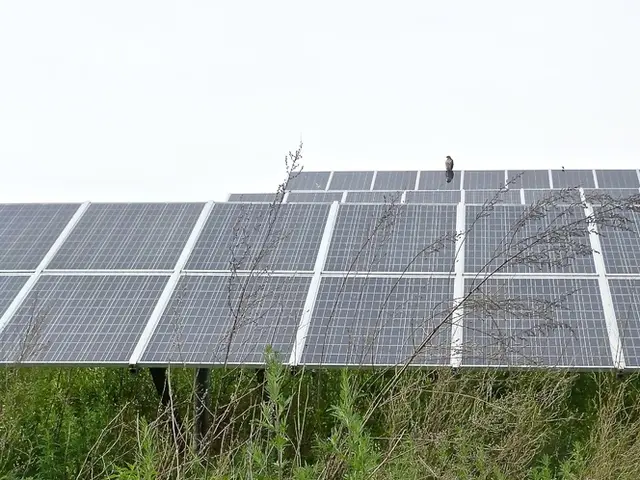Insights on Global Electric Vehicle Adoption and Charging Network Development
In the ongoing drive towards greener and more efficient transportation solutions, the 2024 Ayvens Mobility Guide offers valuable insights and solutions for fleet managers navigating the complexities of the electric vehicle (EV) market.
Western and Northern Europe are leading the way in EV adoption, with Norway, the Netherlands, and Finland being the most advanced countries, scoring 82/100, 80/100, and 74/100 respectively. Germany, on the other hand, is driving electromobility in South and Eastern Europe, leading European EV sales with its Volkswagen Group brands VW, Skoda, and Audi.
The guide's scoring methodology assesses six core factors: EV adoption, charging infrastructure, taxation and regulation, green powertrain offering, sustainability relevance, and BEV-TCO parity versus internal combustion engine (ICE) model comparison.
Southern and Eastern Europe, as well as Thailand, are contributing to the growth of the EV market due to increased adoption and developing charging infrastructure. However, countries like Australia, Ireland, and Poland face challenges in keeping up with the rapid adoption of EVs due to slower infrastructure development.
The report indicates that 20 countries now offer more than 100 different BEV models, catering to a broader customer base with varying needs and budgets. Yet, the BEV TCO downward trend has reversed in some EU markets from 2023, making BEVs less competitive compared to ICE vehicles in certain countries due to factors like the end of governmental subsidies or increases in energy costs.
Charging infrastructure is expanding in countries like Austria, Denmark, and Switzerland, thanks in part to the European Alternative Fuels Infrastructure Regulation (AFIR), which mandates member states to install charging points at regular intervals on major highways.
The 2024 Ayvens Mobility Guide addresses challenges in the EV market, including price volatility, evolving TCO, geopolitical trade tensions, fragmented and changing regulations, and shifts in subsidies and taxation rules. It scores 47 countries based on their EV maturity, categorizing them into Developed, Transitioning, and Emerging.
Annie Pin, Chief Commercial Officer at Ayvens, stresses the importance of a nuanced and holistic approach to the transition to sustainable mobility. The guide serves as an essential tool for fleet managers seeking to develop effective strategies for a sustainable future.
In conclusion, the 2024 Ayvens Mobility Guide highlights both the progress and ongoing challenges in the global electrification of transportation. It provides fleet managers with the insights and solutions they need to make informed decisions and achieve a successful transition to more sustainable mobility.
Read also:
- Industrial robots in China are being installed at a faster rate than in both the United States and the European Union, as the global market for these robots faces a downturn.
- EAFO Research Uncovers Crucial Elements in Electric Vehicle Adoption within the EU
- Excess Solar Energy in the Grid: Challenges for Photovoltaic System Owners
- Costa Rica's ICE to install 230 electric chargers, boosting the speed of electric mobility in the country by 2025








